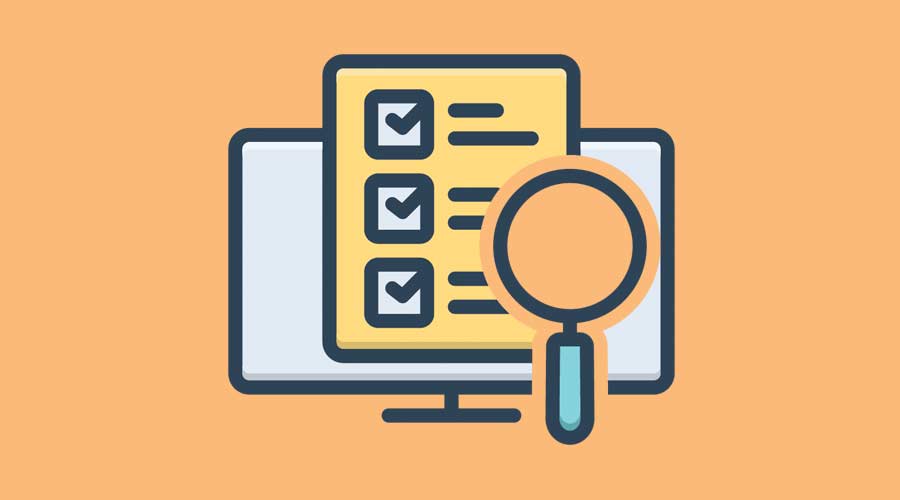
No doubt, product innovations can have a positive impact on restroom cleanliness, provided custodians are properly trained and adhere to cleaning and disinfecting protocols. According to Johnson, one of the common mistakes custodians make when cleaning restrooms is skimping on dwell times.
“Many disinfectants require 1-10 minutes of dwell time, depending on what type of germ we’re going after,” he says. “Unfortunately, I see some people spray and immediately wipe the surface down, not allowing for enough dwell time to fully kill.”
Johnson acknowledges that custodians have limited time; therefore, he recommends spraying the surface and moving on to other cleaning tasks while the disinfectant has a chance to do its work. Cleaning process nuances like this should be addressed during training sessions.
Segura notes another common shortcut that can compromise restroom cleaning: Custodians often clean sinks and countertops, and then use the same cloth to wipe the faucet and handle. To break this habit, he recommends a review of basic cleaning and disinfecting procedures.
To avoid cross-contamination, Brown’s team uses color-coded microfiber cloths for cleaning and disinfecting surfaces: yellow for countertops and sinks, red for partitions, and disposable wipes for toilets and urinals.
“When we’re cleaning a restroom, we work from dry to wet, from top to bottom, and from back to front” he says. “Stalls and urinals are first, followed by partitions. Then as we exit the restroom we work on countertops and dispensers and mop the floor on the way out.”
UG2 relies on its supervisors to conduct quality control inspections and report any deficiencies. After retraining custodians as needed, supervisors conduct a follow-up inspection to ensure that any issues have been addressed.
As a consultant, Johnson uses ultraviolet light to detect hidden pathogens during the inspection process.
“Being able to see what you can’t see with the naked eye is the most educational tool out there,” he says.
Indeed, using a portable black light as a training tool rather than a punitive measure can help cleaning crews identify and target hotspots.
While product innovations can certainly help optimize disinfection practices, frontline cleaning departments should still prioritize custodial training and communicating consistently as a unit. In doing so, facilities can keep pace with elevated expectations regarding restroom cleanliness — while minimizing complaints and illness.
Kassandra Kania is a freelance writer based in Charlotte, North Carolina, and is a frequent contributor to Facility Cleaning Decisions.
Detecting and Diffusing Restroom Hotspots in Facilities

 The Down and Dirty on Cleaning in Virus Season
The Down and Dirty on Cleaning in Virus Season How Surfactant Use is Expanding in Commercial Cleaning
How Surfactant Use is Expanding in Commercial Cleaning Clean Buildings Conference
Clean Buildings Conference
